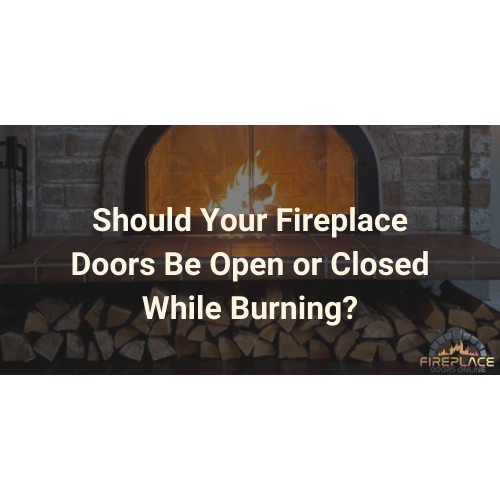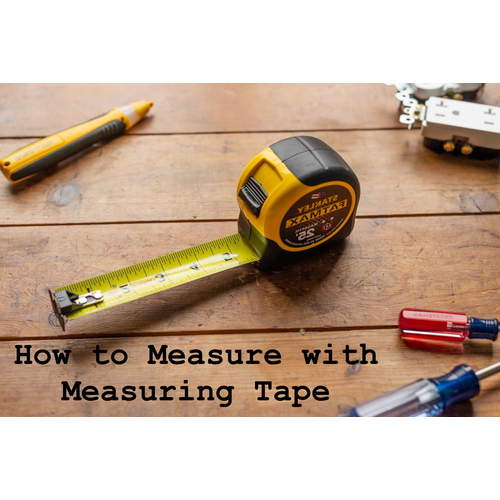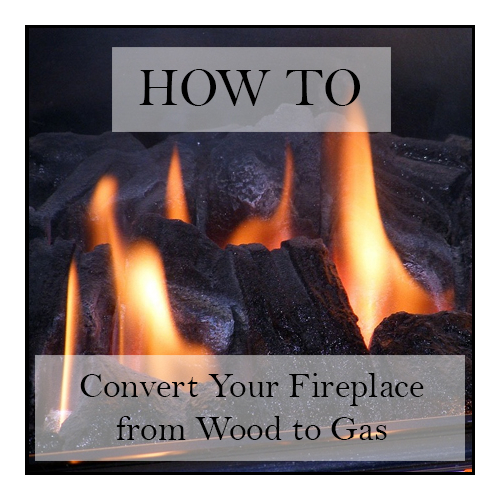Guides & Articles
Ensure a safe and enjoyable experience with your outdoor gas burning fire pit by following key safety guidelines. Familiarize yourself with the manufacturer's manual for proper setup and operation, choose a safe location away from flammable materials, perform regular inspections for wear and leaks, and never leave the fire pit unattended during use. Use only the recommended fuel type and keep safety tools like a fire extinguisher or sand bucket nearby. By adhering to these practices, you can enjoy countless warm gatherings with peace of mind.
This article serves as a comprehensive guide to understanding gas line sizing for fire features, such as fireplaces, gas logs, and fire pits. It addresses common questions and provides crucial considerations for optimal design performance and safety. Through this Tech Talk, readers will gain insight into the factors affecting gas line sizing and learn how to make informed decisions regarding their gas appliances, ensuring both efficiency and reliability in their installations.
Looking to add a gas-burning fire feature to your patio, deck or poolside area this summer? Consider a gas fire bowl or fire and water bowl and check out a few of our picks for the best gas fire bowl options for 2022.
Are you tired of the cold weather or chilly nights rendering your outdoor space useless? Here are a few reasons to consider a Bromic Outdoor Patio Heater for your home, restaurant or commercial outdoor spaces.
Some of life's best moments are spent sitting outside next to the fire pit with friends and family. Before you can get there, you need to find the best burner system for your DIY feature. Whether you need a replacement burner or you're building a new fire pit from scratch, here's our complete guide to DIY fire pit burners.
You've waited all winter to get back outside and enjoy the warm weather, but that also means it's time to get your outdoor space cleaned up and ready to use. Don't worry, we've put together a list of our favorite fire pit accessories designed to make your spring cleanups quick and easy!
A leaking gas valve can be potentially dangerous and pose hazards to you and your loved ones. Luckily, there’s an easy way to tell if your fireplace gas valve is leaking. Join us inside to learn more about your gas valve and ways to tell if it’s leaking.
Installing a log lighter makes your life easier but it’s definitely not an easy DIY project. To help give you a better idea of what to expect, we’re going over how to install a log lighter in your wood-burning fireplace or outdoor fire pit.
One of the latest trends in home decor is mounting a TV above a fireplace. But that's not always the best idea and there are several things to consider before moving forward with your TV mounting project. Join us inside to learn more about hanging a TV above your fireplace!
If you're wondering how to measure for gas logs or how to choose the gas log set that best fits your home, then check out this helpful article complete with a gas log sizing chart!
Have you been considering purchasing a log lighter for your wood-burning fireplace or fire pit but want more info first? To help you decide, we've compiled a list of the pros and cons associated with having a log lighter for starting fires.
Is choosing the right type of gas logs for your fireplace leaving you confused and frustrated? To help you find the types of logs you need, here are the differences between vented and ventless gas logs for your fireplace.
Warm nights are quickly approaching and the last thing you want is to struggle to get the fire started in your fire pit. So, to help you get ready for the spring and summer fun, we're breaking down 5 ways to start a fire in a fire pit!
Your fireplace hearth is more than a decorative feature for your home. If you're thinking about building a hearth or simply want to know more about this necessary feature for your fireplace, join us inside where we break down everything you need to know about hearths!
Understanding the differences between tempered and ceramic glass for your wood-burning stove doors and fireplace doors makes shopping for your replacements quick and easy. Join us inside as we break down the difference between tempered and ceramic glass!
At Fireplace Doors Online, we get this question a lot. To help clear things up, we've put together this helpful article that goes over whether your fireplace doors should be open or closed while burning.
Learn how to easily measure your items with our quick guide to measuring tape. You can learn all the ins and outs to what line means what and how to measure items with ease!
Finding and replacing items for your fireplace can be a difficult feat. You need serial numbers for certain types of fireplaces as well as parts. We are here to make this easy peasy for you! With this blog on your side, we are going to show you where to look and how to find serial numbers for your fireplace!
Can it be done? Yes, you can convert your wood-burning fireplace to a gas fireplace!
Are you looking to install a burner for your fire pit? There are so many choices and we want to help you find the right one! Our burner blog will get you there!


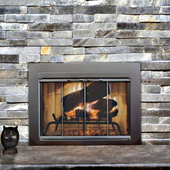
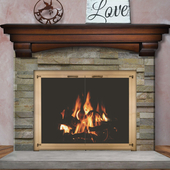
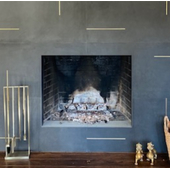
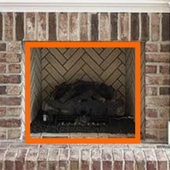
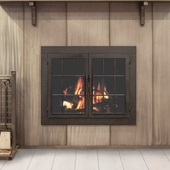
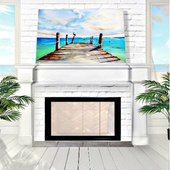
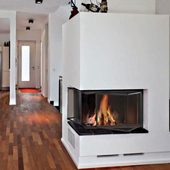
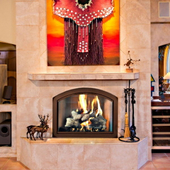
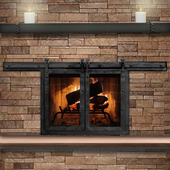
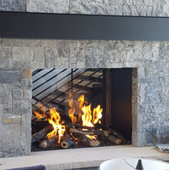
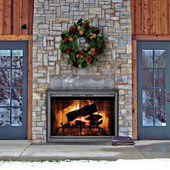

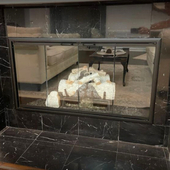
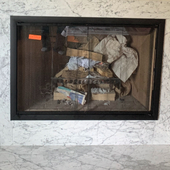
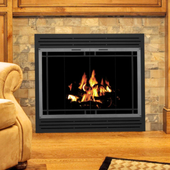
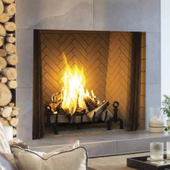
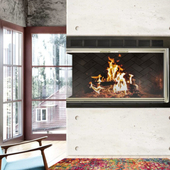
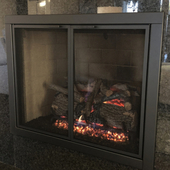
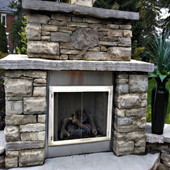
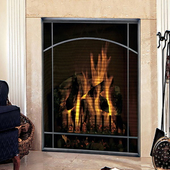
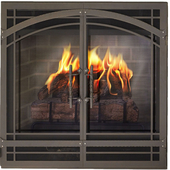
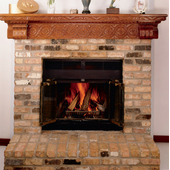
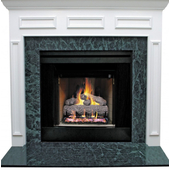
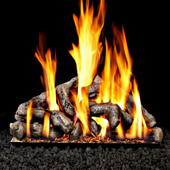
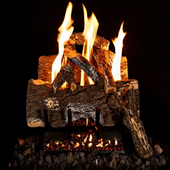
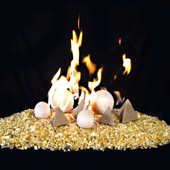
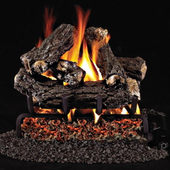
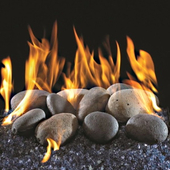
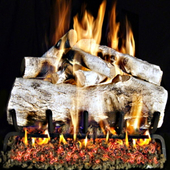
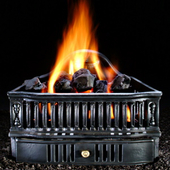
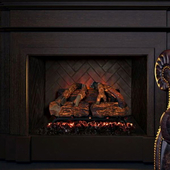

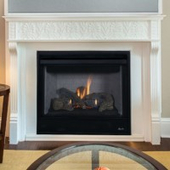
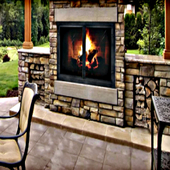
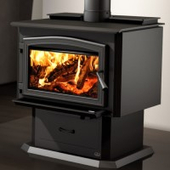
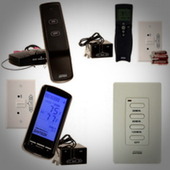
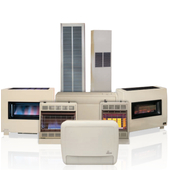
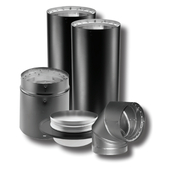
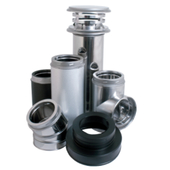
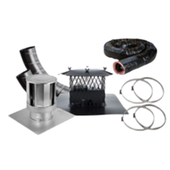
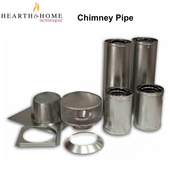
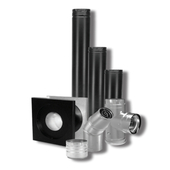
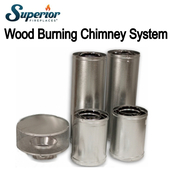
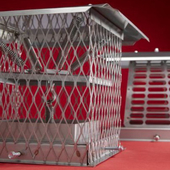
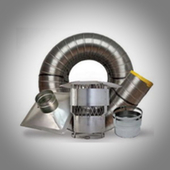
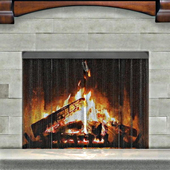
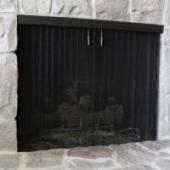
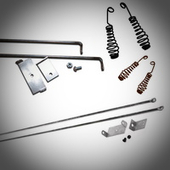
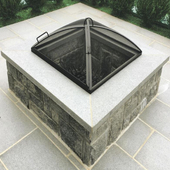
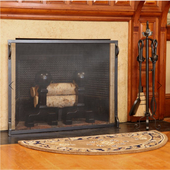
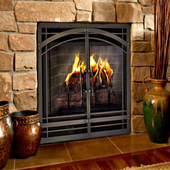
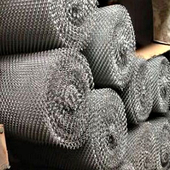
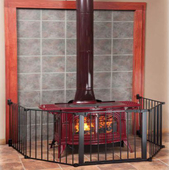
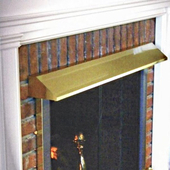
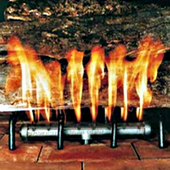
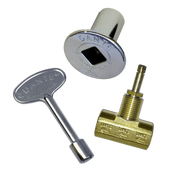
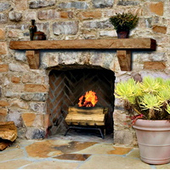
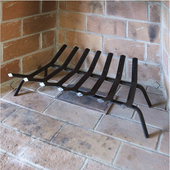
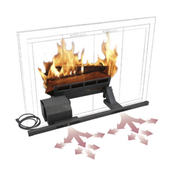
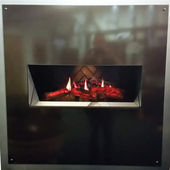
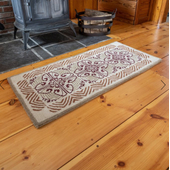
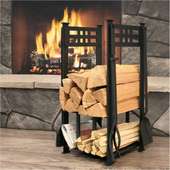
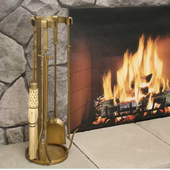

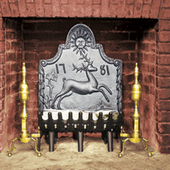
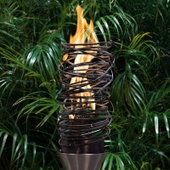
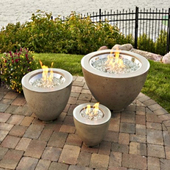

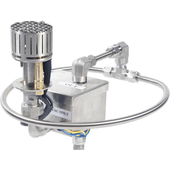
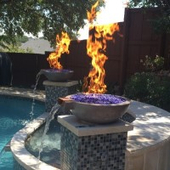
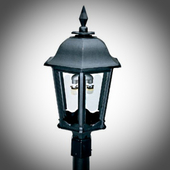
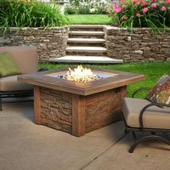
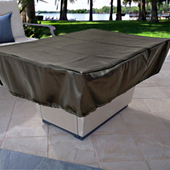
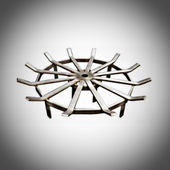
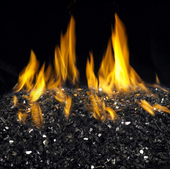
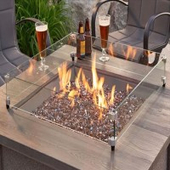
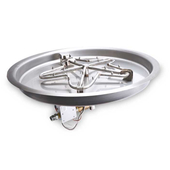

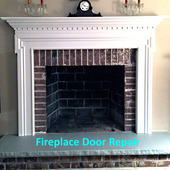
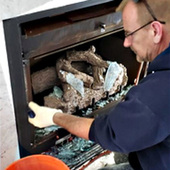
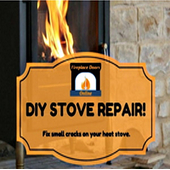
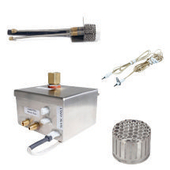
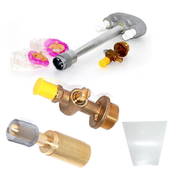
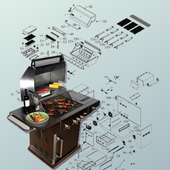
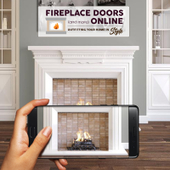
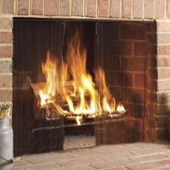
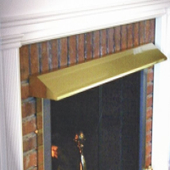
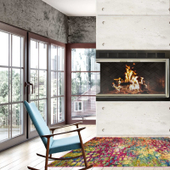
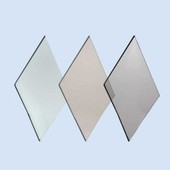
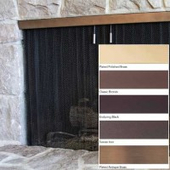
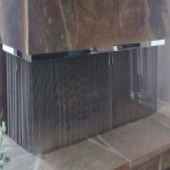
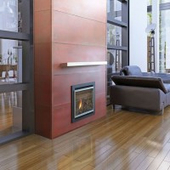
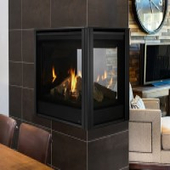
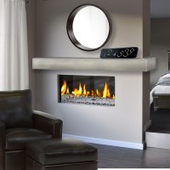

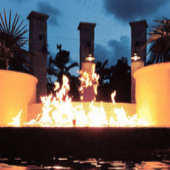

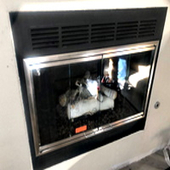


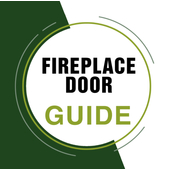

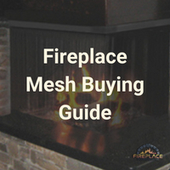



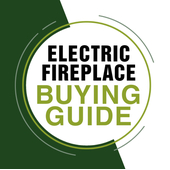


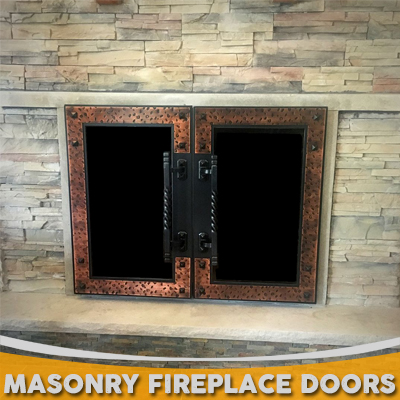
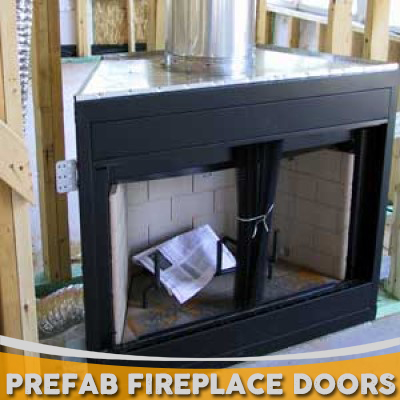
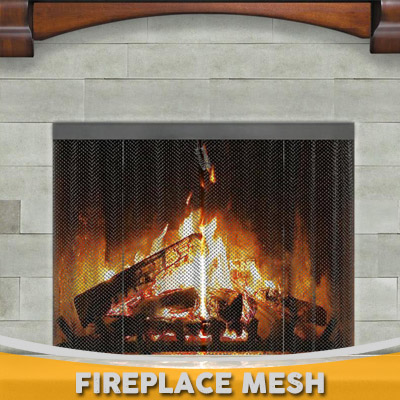
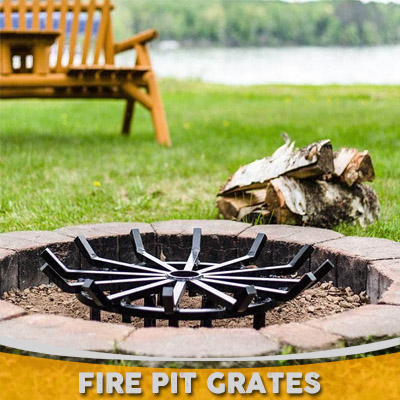
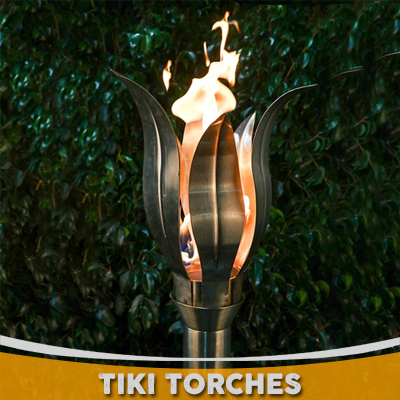
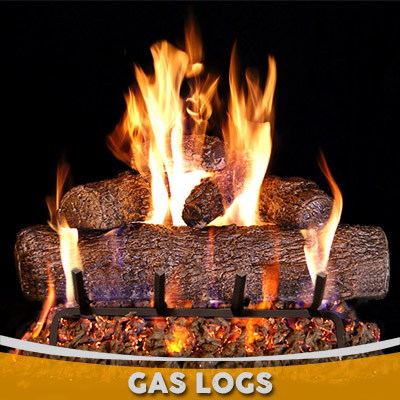
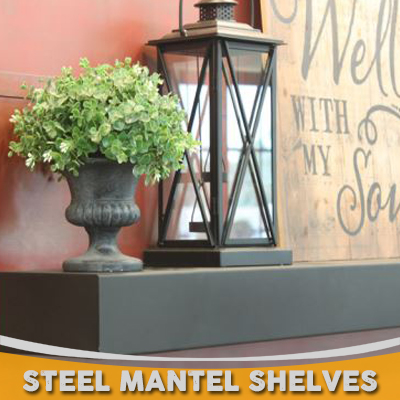
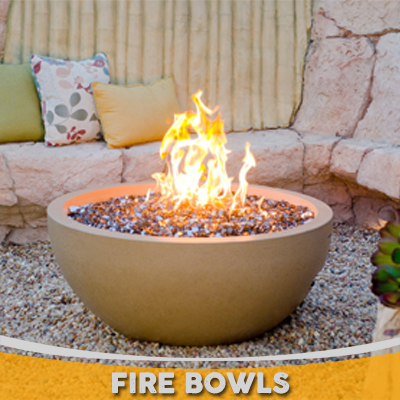
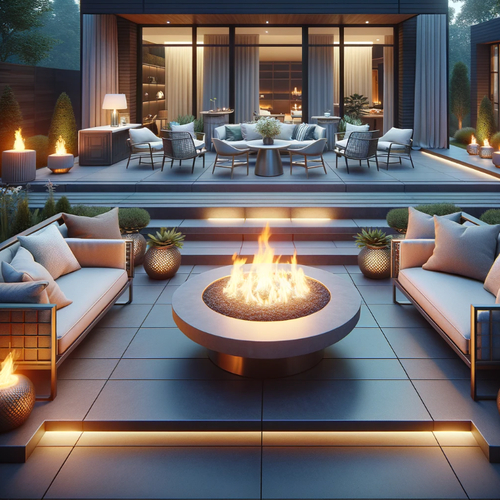
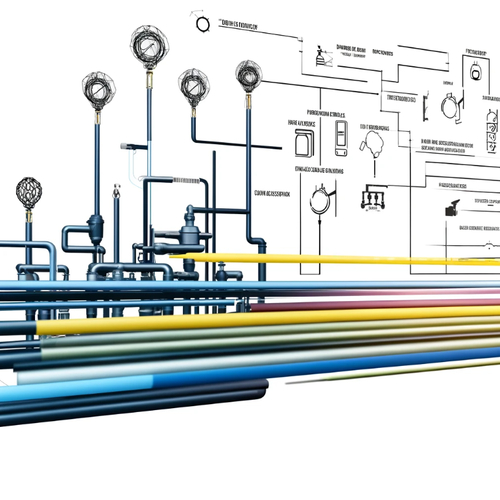


.jpg?t=1703862441)
.jpg?t=1703862441)
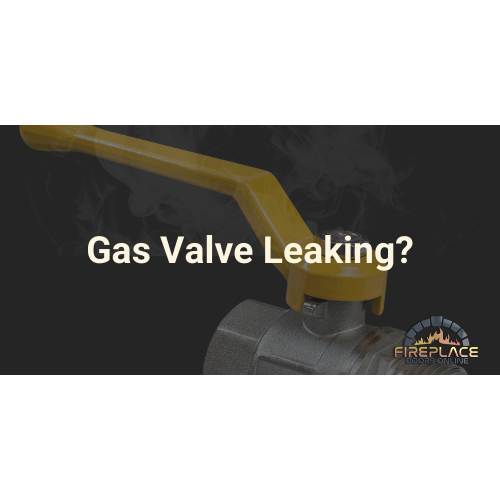
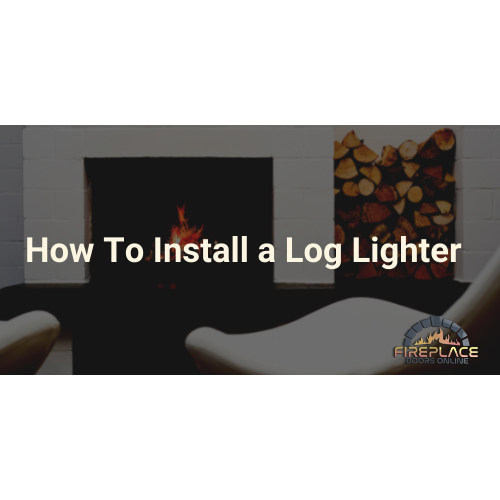
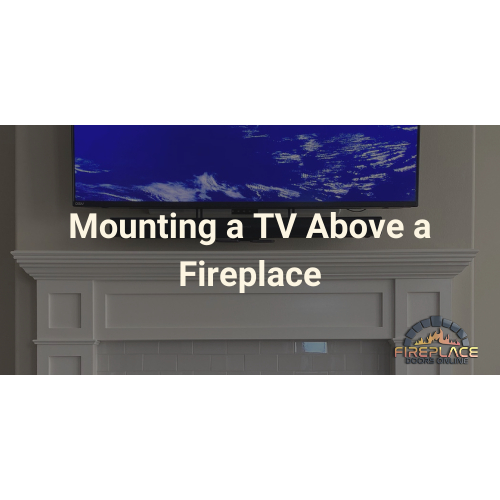
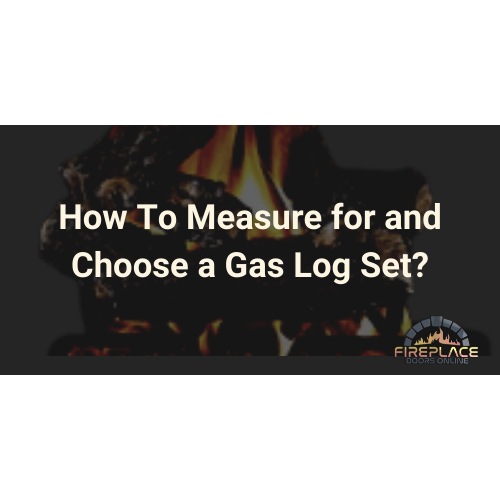

.jpg?t=1703862443)
.jpg?t=1703862444)
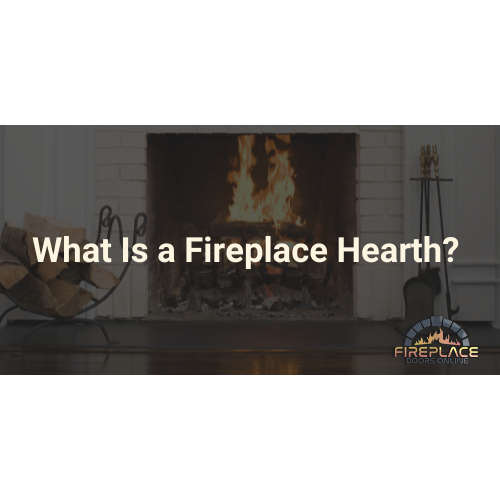
.jpg?t=1703862444)
